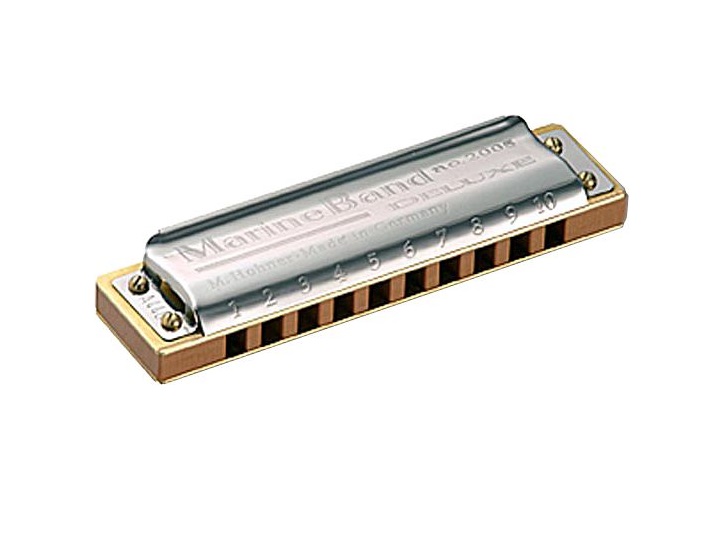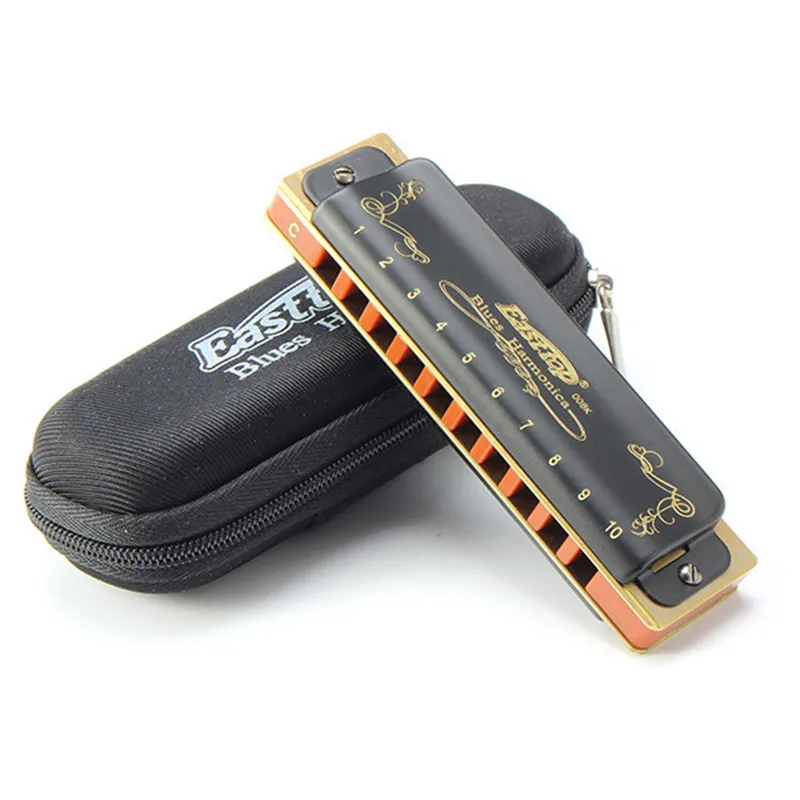

The diagram above should make things much clearer.Īnd now comes a problem that many beginning harmonica players encounter. In holes 7-9, the pattern mentioned above is changed so inhaling moves the note down instead of up. The three main oddities are holes 2, 7, and 10. As you can see, there isn't a set pattern to the blows and draws of a harmonica. At this point you can probably guess what come next if you blow into hole 7: a B, right? Wrong! If you blow into hole 7, you will hear a C. Blowing into hole 6 produces a G, and inhaling makes an A. If you blow into hole 4 on a C harmonica, you'll hear a C. That's why playing the harmonica involves a combination of inhaling and exhaling (also called blowing and drawing). Alone, this won't do you much good, as it's only one chord. If you were to blow into the holes of a harmonica, one by one from left to right, you would hear the 1, 3, and 5 notes of a major chord (C, E, G in the key of C) repeated repeated three times (as well as one high C at the end). Bottom Line: Start with a diatonic harmonica, preferably in the key of C (as this is the easiest key to understand). Special tunings: Some harmonicas come with different scales like minor scales and scales made for playing in more than one key. On an octave harmonica, the notes are tuned an octave (8 notes) apart, creating a fuller sound. On a tremolo, the notes are tuned slightly apart, but almost the same, creating a cool "tremolo" vibrating effect. Tremolo and Octave Harmonicas: These harmonicas have a double row of holes. Although they offer more versatility, they are often harder to play, especially if you are trying to bend. This allows you to play every note in the musical scale, a chromatic scale. When you press this button, whatever note you are playing moves up a half step. Additional notes can be played by "bending" (explained later) and different scales can be obtained by playing in different positions (explained later). It is built to play a major, diatonic scale. If you have a C harmonica you should own the C Harmonica Book.Diatonic: This is the most common, simplest type of harmonica.
#Harmonica 10 hole sound reference how to#
Learn how to effectively play blues scales in seven different keys. The C Harmonica Book is packed with information about chords, arpeggios, modes, positions, scales, bends, overbends and basic music theory unique to the 10-hole C major diatonic harp.
#Harmonica 10 hole sound reference full#
There is also a special section in each book showing other types of diatonic harmonicas and the variations unique to them like - extreme bending, low-tuned, octave and tremolo-tuned modelsand more.Have you ever wondered which harmonica is the best one to use when you're ready to play a tune? Have you ever sat with a lap full of harmonicas desperately trying one after another, searching for the key that has all of the right notes? The Complete 10-hole Diatonic Harmonica Series is the definitive music reference guide that resolves those dilemmas and more.

Learn the notes, intervals, bends, overbends, dyads, chords, arpeggios, modes and scales that are specific to each harmonica key.

One key at a time, each is designed to present detailed musical information for beginners, intermediate and advanced players who are either music readers or non-reading players. This ground breaking series unlocks the musical power of the 10-hole major diatonic harmonica. $ įinally! There is a definitive reference guide available for harmonicas in each and every key.


 0 kommentar(er)
0 kommentar(er)
